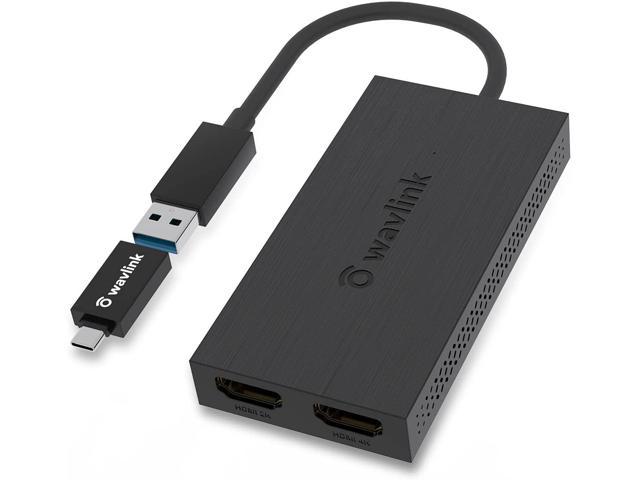

The GPU improvement is significant: Apple offers only ProRes hardware acceleration, and for non-ProRes codecs used in a lot of 3-D and video-editing apps, GPU is the key. It gets better with an M1 Ultra with a 64-core GPU, with respective scores of 106,263 and 91,751. The M1 Ultra with a 48-core GPU bests this with scores of 91,949 and 70,464, respectively. The M1 Max posted a Metal score of 69676 and an OpenCL score of 60,667. Geekbench 5 offers two benchmarks for graphics in its Compute suite: one test using the Metal API, and the other using OpenCL. Video rendering will often lean on the GPU performance for many effects and heavy-duty work. M1 Max vs M1 Ultra: Geekbench 5 graphics benchmarks The high multi-core abilities mean you'll also be able to multitask more with apps that can take advantage of all of the cores. Photo editing apps such as Photoshop also benefit from single-core performance. Some apps may even favor single-core ability for its performance–much like how 3-D games generally do better with higher clocked CPUs instead of multi-core offerings.
#4K GRAPHICS CARD FOR MAC SOFTWARE#
How does this translate to real-world use? With fast single-core performance, this means that your everyday software will open and respond much faster.
#4K GRAPHICS CARD FOR MAC PRO#
For reference, a 2019 Mac Pro with a 28-core 2.5GHz Intel Xeon W processor gets a paltry 1,034 Single-Core score but hangs in there with a 26,604 Multi-Core performance. For CPU performance, the M1 Max and Ultra posts Single-Core scores that are practically identical (as with the other M1 chips), but the M1 Ultra almost doubles the Max's Multi-Core score. Geekbench has been used for years as a point of reference for performance on Macs.

M1 Max vs M1 Ultra: Geekbench 5 CPU benchmarks

In our testing, we compared three models: the M1 Max Mac Studio with a 32-core GPU and 64GB of RAM, a base M1 Ultra model with a 48-core GPU and 64GB of RAM, and a maxed-out M1 Ultra model with a 64-core GPU and 128GB of RAM. The Ultra Mac Studio can be customized with 64 GPU cores (the Max model's limit is 32 cores). If you're connecting peripherals that require the speed of Thunderbolt ((up to 40Gb/s), which is four times faster than USB-C. The Ultra model also has two Thunderbolt ports on the front, while the Max model has slower USB-C ports. The M1 Ultra and M1 Max versions of the Mac Studio look identical on the outside.


 0 kommentar(er)
0 kommentar(er)
